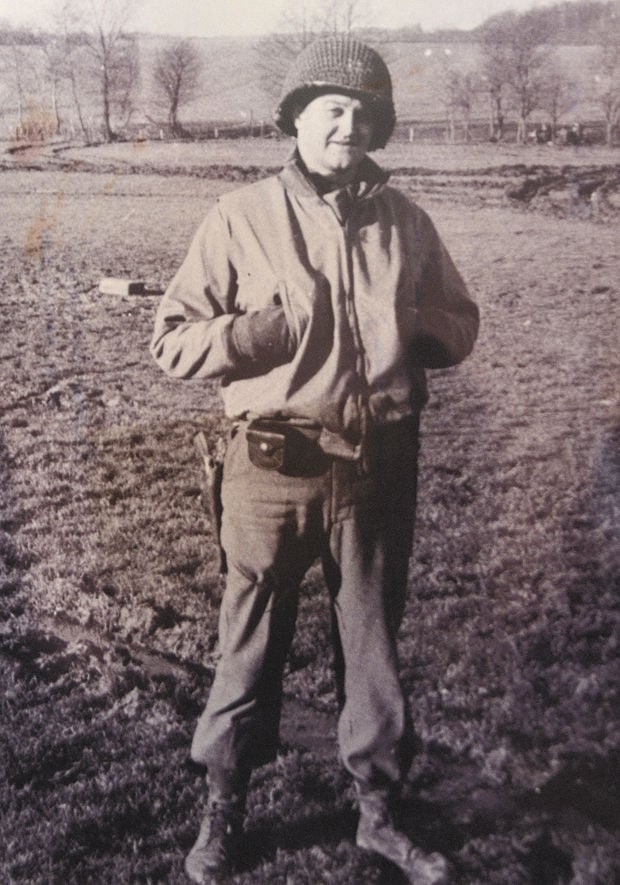
A thaw set in which slowed his tanks and the erstwhile heavy ground fog began to show sudden openings, such as those which exposed the German tanks and infantry during the fight at Noville. The high pressure system which came in from the Atlantic on 18 December, however, worked momentarily against the attacker. This type of weather had a useful side effect during the rupture of the American lines since it veiled the attacker with fog and mist, a very important feature of the initial German successes just as it had been in the great offensives of 1918. The German selection of a target date for the commencement of the Ardennes offensive turned on the prediction of poor flying weather. There is an axiom that weather on the battlefield is divided equally between the combatants-but its impact on military operations is not equal in amount or direction.


Chapter 25-THE ARDENNES: BATTLE OF THE BULGE


 0 kommentar(er)
0 kommentar(er)
